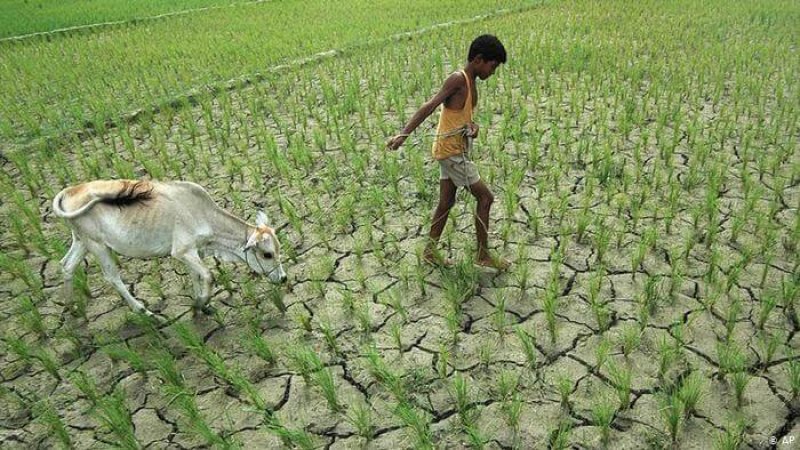There are about 688 million people undernourished in the world, of which 351 million – more than half — live in the Asia- Pacific region. Further, there are growing concerns that the ongoing Covid-19 pandemic may have undone whatever gains were achieved towards food security in the region.
…
Frequent drought and floods are harbingers to climate change, which makes the small holder farmer in South Asia more vulnerable than any other parts of the world. But I am quite confident that innovative techniques like gene editing will provide reliable, speedily-implementable solutions to current agricultural challenges. Gene editing uses natural processes to make genetic changes that could be achieved by conventional means, though in a more precise and quick manner.
Many other nations like Indonesia are already developing improved crops using gene editing. Consumer acceptance surveys done in Japan and Korea indicate that consumers prefer gene edited products, though there is a need to create a greater awareness regarding the technology.































